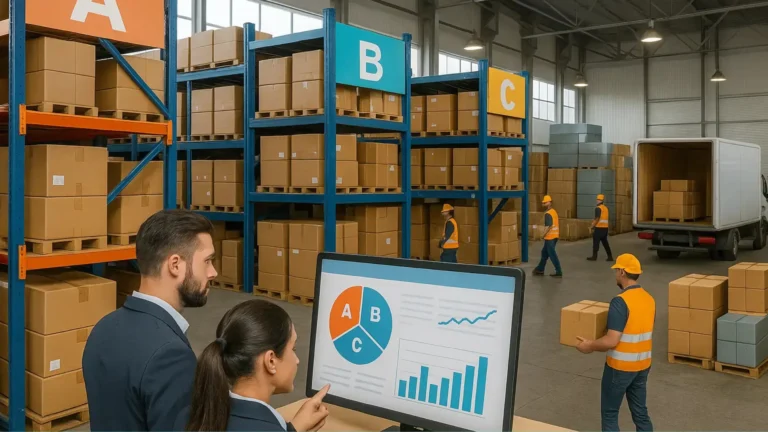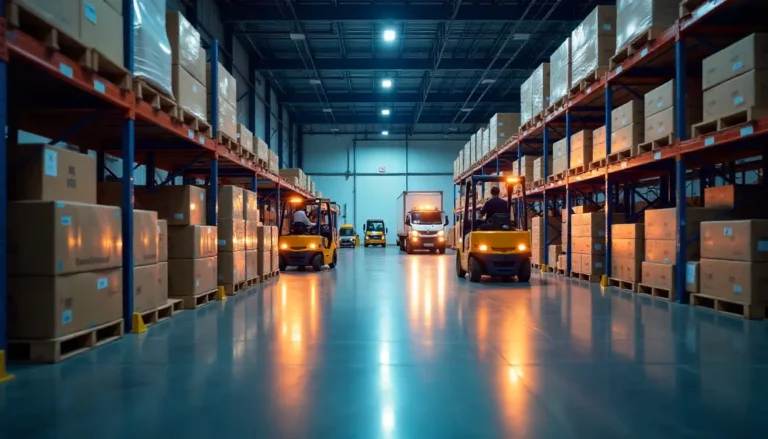
AI-Powered Exoskeletons
The fusion of artificial intelligence (AI) with exoskeleton technology is ushering in a new era of human augmentation. AI-powered exoskeletons, wearable robotic devices that enhance human strength, endurance, and mobility, are rapidly transitioning from experimental prototypes to practical tools in various industries. This growing use of AI-powered exoskeletons is not just about boosting physical capabilities; it’s about transforming how we work, live, and interact with the world around us.
Exoskeletons, once confined to science fiction, are now being deployed in manufacturing, construction, healthcare, and even military applications. AI plays a crucial role in making these devices intelligent and adaptive, enabling them to anticipate user intentions, optimize movements, and provide personalized assistance. By integrating AI, exoskeletons are becoming more intuitive, efficient, and user-friendly, paving the way for wider adoption.
Enhancing Productivity and Safety in Industrial Settings
In industrial settings, AI-powered exoskeletons are revolutionizing workplace productivity and safety. These devices can assist workers with heavy lifting, repetitive tasks, and physically demanding activities, reducing the risk of injuries and fatigue. AI algorithms analyze user movements and environmental data to provide real-time assistance, optimizing force distribution and minimizing strain on the body.
For example, in manufacturing plants, exoskeletons can help workers lift and manipulate heavy components, reducing the risk of back injuries and improving overall productivity. In construction, these devices can assist with tasks such as carrying heavy materials and operating power tools, enhancing efficiency and safety on the job site. The ability of AI to learn and adapt to individual user needs makes these exoskeletons highly versatile and effective in diverse industrial environments.
Revolutionizing Rehabilitation and Mobility Assistance
The healthcare sector is also witnessing a significant impact from AI-powered exoskeletons. These devices are being used for rehabilitation, mobility assistance, and patient care. AI algorithms can analyze patient movements and provide personalized assistance, helping individuals recover from injuries or regain mobility.
For example, in rehabilitation settings, exoskeletons can assist patients with walking and balance exercises, promoting faster recovery and improved mobility. In mobility assistance, these devices can help individuals with disabilities or mobility impairments to walk and perform daily activities with greater ease. AI’s ability to adapt to individual patient needs and provide real-time feedback makes these exoskeletons valuable tools for improving patient outcomes.
Expanding Human Potential in Military and Emergency Response
In military and emergency response applications, AI-powered exoskeletons are enhancing human potential in demanding and hazardous environments. These devices can provide soldiers and first responders with increased strength, endurance, and mobility, enabling them to perform tasks that would otherwise be impossible or dangerous.
For example, in military operations, exoskeletons can help soldiers carry heavy equipment and navigate challenging terrain, improving their combat effectiveness. In emergency response, these devices can assist firefighters and rescue workers in lifting heavy debris and accessing difficult-to-reach areas. The ability of AI to optimize performance and provide real-time assistance makes these exoskeletons crucial tools for enhancing human capabilities in critical situations.
Addressing Challenges and Future Directions
While the use of AI-powered exoskeletons is growing rapidly, several challenges remain. Cost, weight, and battery life are key factors that need to be addressed to ensure wider adoption. Furthermore, ensuring seamless integration with human movements and addressing ethical considerations related to human augmentation are crucial.
As AI and exoskeleton technology continue to advance, we can expect to see even more sophisticated and versatile devices that will further enhance human capabilities. The future of AI-powered exoskeletons is bright, promising to transform various industries and improve the quality of life for individuals around the world.





